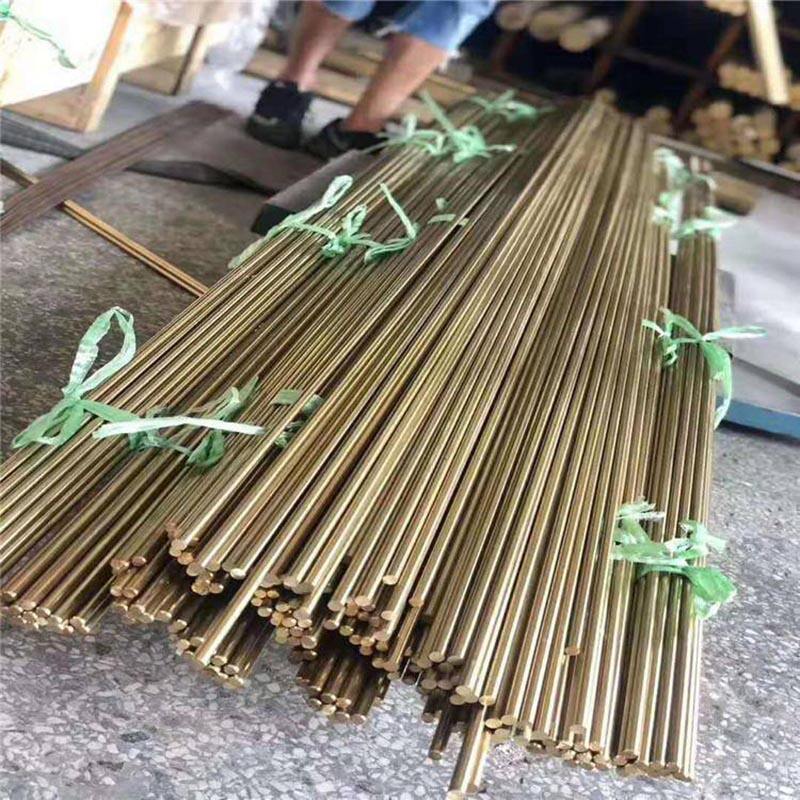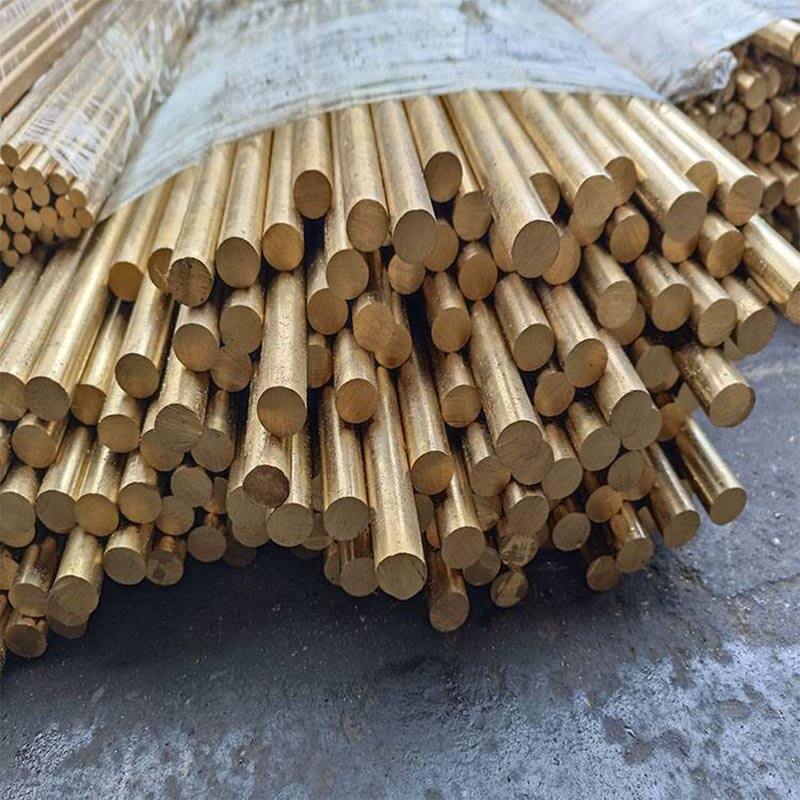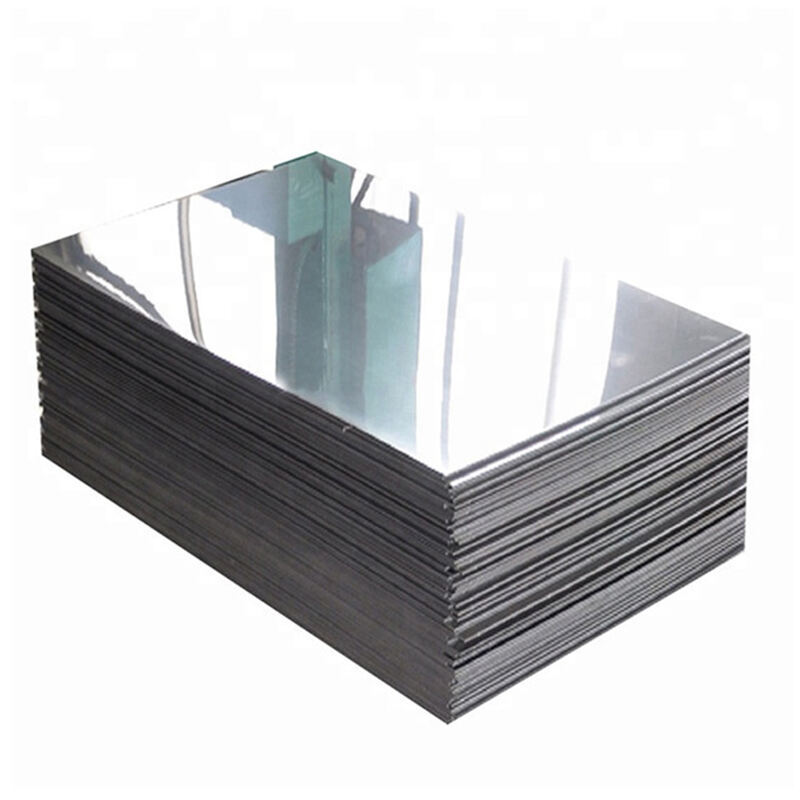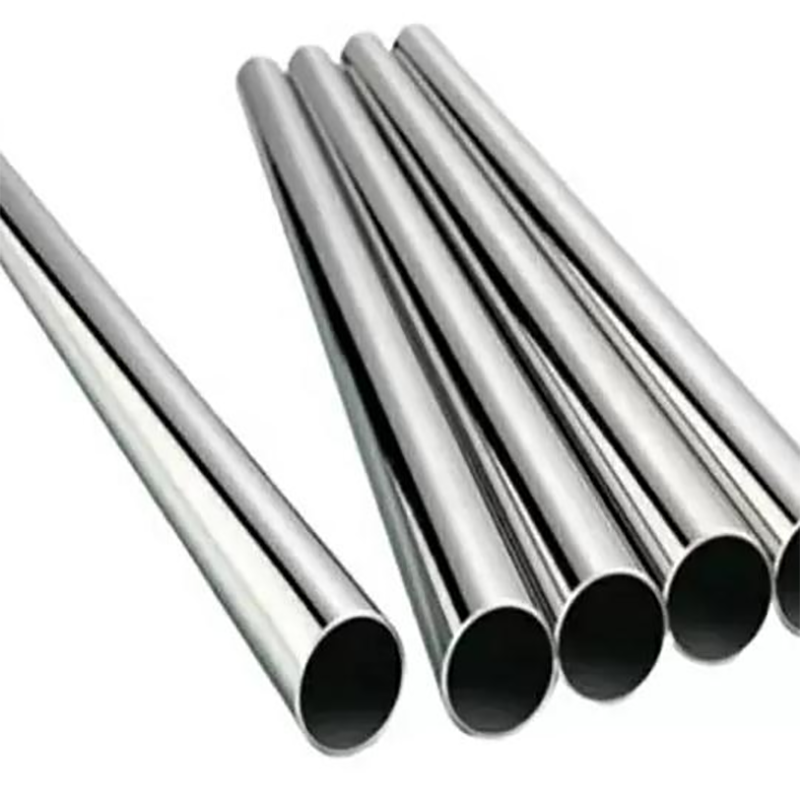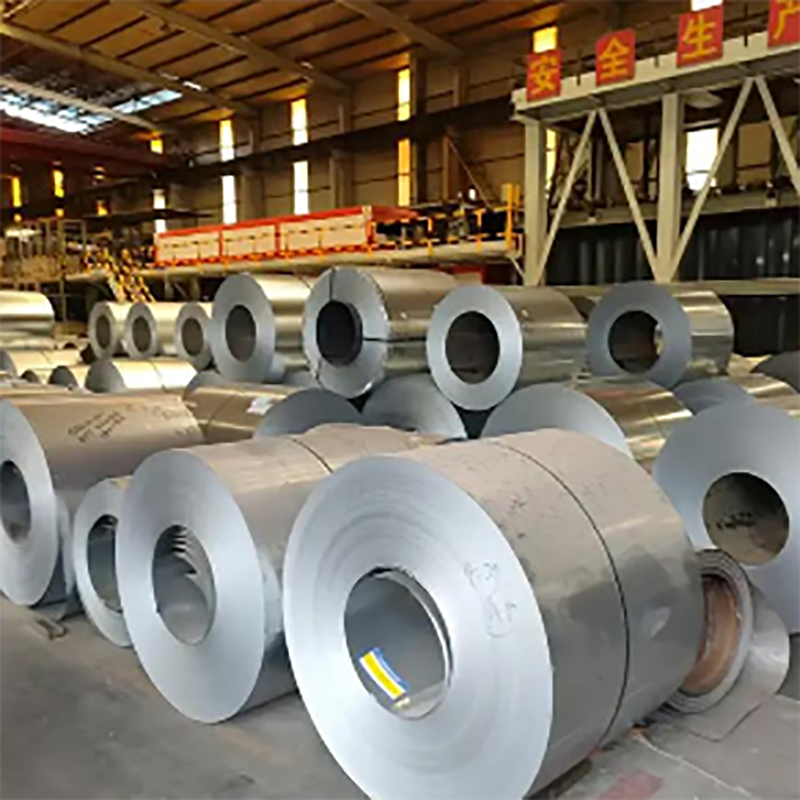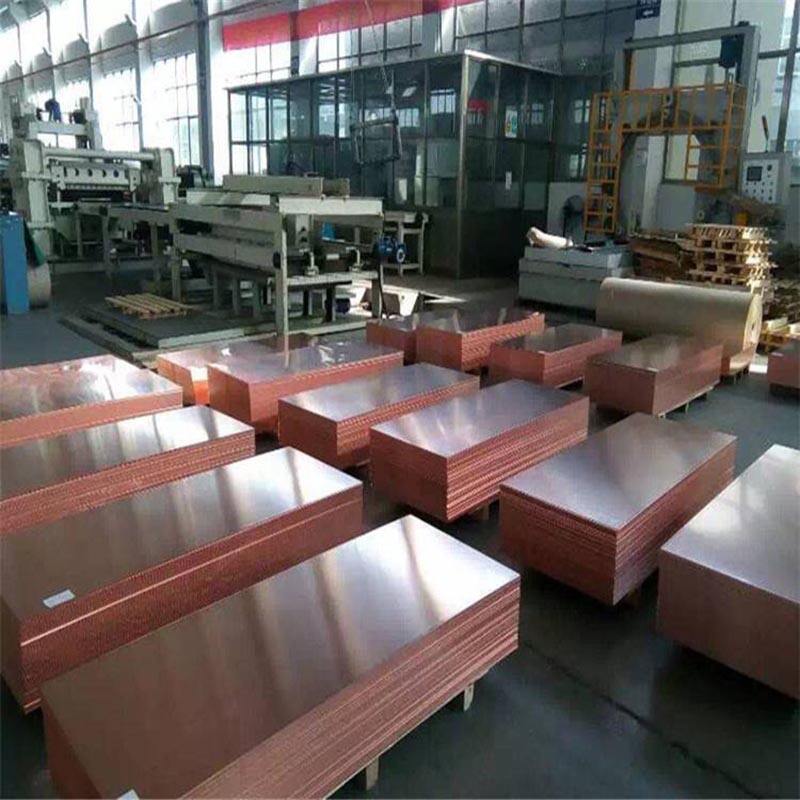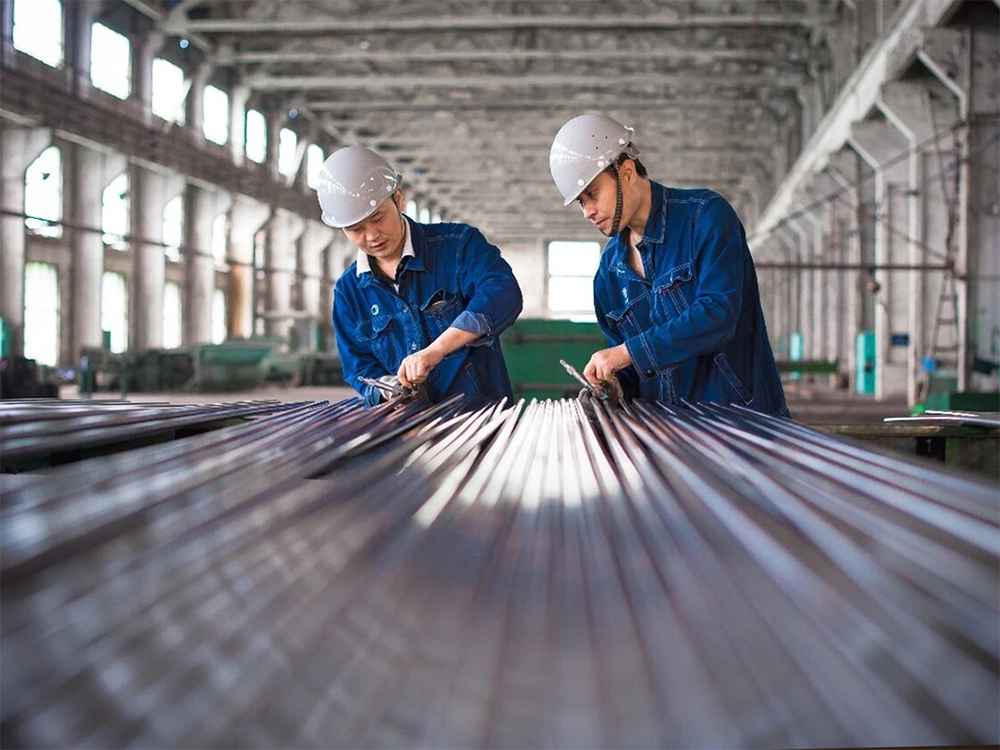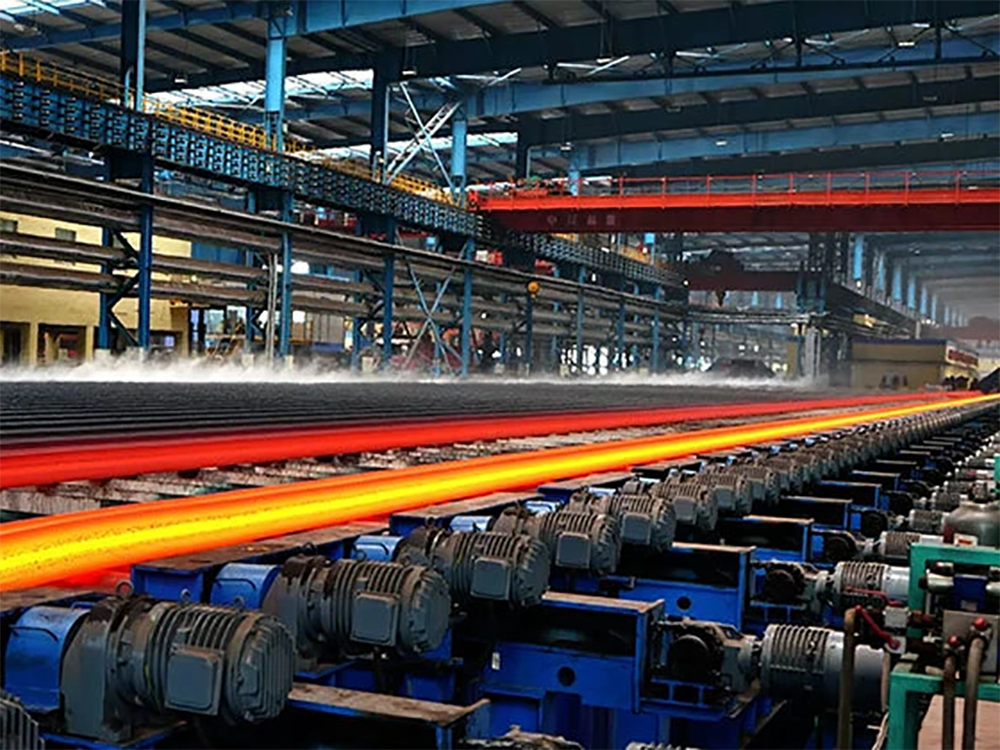Мідний бар
Медний стержень - це вид стержень для обробки нелісових металів з хорошими характеристиками обробки і високою проводимостю.
В основному діляться на латунні стержни (лігуру мідного цинку, дешевше) і фіолетові стержни мідної (вищої місі міді).
- Огляд
- Супутні продукти
Особливості продукту
Медний штанга - це штангоподібний об'єкт, зроблений з сплаву міді і цинку, названий так по його жовтому кольору. Медь з вмістом міді 56-68% має точку плавлення 934-967 градусів. Медвеж має відмінні механічні властивості і стійкість до зносу, і може бути використаний для виробництва точних інструментів, частин кораблів і гарнітурних корпусів.
Зінк має різні вмісти, а також різні кольори. Наприклад, вміст цинку 18% -20% перетвориться на червоно-жовтий, а вміст цинку 20% -30% перетвориться на коричнево-жовтий. Крім того, мідний інструмент має унікальний звук, тому такі західні інструменти, як гонги, цимбали, дзвони та роги, а також інші, зроблені з мідного.
Принципи виробництва сплавів
(1) Всі елементи без винятку знижують проводимість і теплопровідницькість медних штанг. Будь-який елемент, який твердо розчиняється в мідній брусі, викликає спотворення решетки, що призводить до розсіювання хвиль, коли вільні електрони течуть у напрямку, збільшуючи електричну опору. Натомість елементи без твердої розчинності або з низькою розчинністю в мідній брусі мають невеликий вплив на проводимість і теплопровідниковість мідної бруси. Варто зазначити, що деякі елементи в міді мають різке зниження рідивості твердого речовини при зниженні температури і оседають як елементарні і металеві сполуки. Це не тільки може зміцнити сплав міді через твердий розчин і дисперсію, але також мало впливає на зниження проводимості. Це важливий принцип сплаву для вивчення високопроміжних і високопровідних сплавів. Особливо слід зазначити, що залізо, кремній, сплав, що складається з цирконію (не помилково), хрома і медного штанги, є надзвичайно важливим сплавом високої міцності та високої провідності; Через накладення ефектів сплавних елементів на продуктивність мідіних брусков
(2) Мікроструктура корозіонностійких сплавів на основі міді повинна бути однофазовою, щоб уникнути електрохімічної корозії, викликаної присутністю другої фази в сплаві. Елементи сплаву, додані для цієї мети, повинні мати високу рідимість твердих речовин в медних прутках, навіть нескінченно змішаних елементів. У інженерних застосуваннях однофазові латунні, бронзові та білі медні штильки мають відмінну корозійну стійкість і є важливими матеріалами для обміну теплом.
(3) У мікроструктурі зносостійких сплавів на базі міді існують як м'які, так і тверді фази. Тому під час сплаву необхідно забезпечити, щоб додані елементи не тільки розчинялися в медній стрілі, але і осаждали тверді фази. Типові тверді фази в сплавах міді включають сполуки Ni3Si FeALSi і т.д. Фаза А не повинна перевищувати 10%.
(4) Медюні сплави з полікристалічною трансформацією в твердому стані мають властивості знешкодження, такі як сплави серії Cu Mn, а сплави з термоеластичною мартенситною трансформацією в тверому стані мають властивості пам'яті, такі як Cu Zn Al Cu Al Mn серії спла
(5) Колір медних штанг можна змінити, додавши до них сплави, такі як цинк, алюміній, олова, нікель тощо. Розумно контролювати вміст отримає імітаційні золоті матеріали і імітаційні сплави срібла.
(6) Елементи, які вибираються для сплаву міді, повинні бути поширені, недорогі і не забруднюють повітря. Додані елементи повинні дотримуватися принципу кількох елементів і невеликих кількостей. Сплав сировини може бути всебічно використаний, а сплав повинен мати відмінні процесні характеристики, придатні для переробки в різні готові та напівготові продукти.

